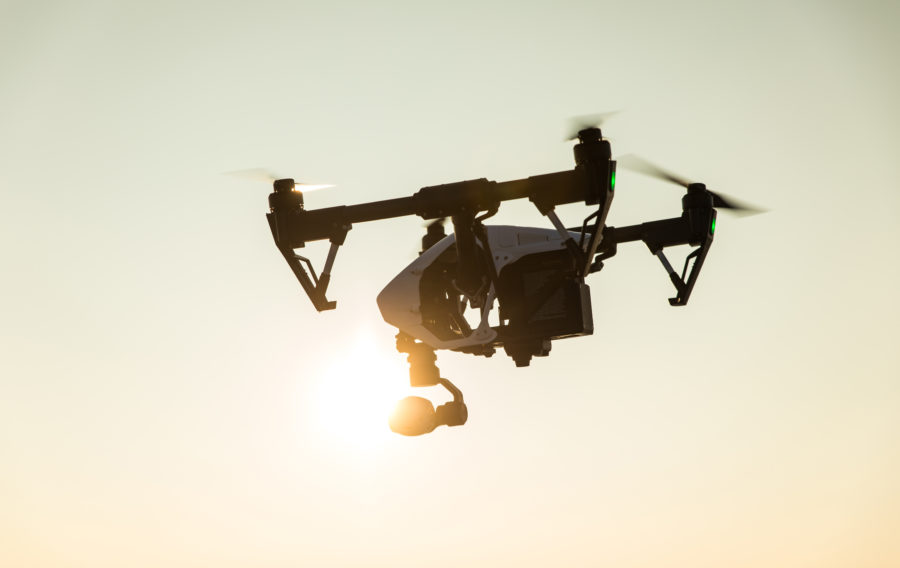
A new fleet of robots and drones designed to test for chemical agents, provide 3D mapping and identify casualties have been put through their paces by troops, police officers and scientists for the first time.
Tests of the cutting-edge multi-million-pound project, co-funded by the Ministry of Defence and the Home Office, included robots that can ‘read’ and climb stairs and miniature drones weighing less than a bar of soap which could soon come into service to rapidly assess hazardous scenes.
The aim of the ground-breaking research, named Project Minerva, is to reduce the risk to emergency services and front-line troops attending incidents or operations involving hazardous chemical or biological materials. The recent trials, which took place at Gloucestershire Fire Service College, saw concept drones and robots thrown into simulated contaminated scenarios in both UK homeland and battlefield environments. The technology was tested against the speed and accuracy of human response teams supported by specialist DSTL scientists, the military, police and fire services.
Project Minerva was launched in September 2016 and has been supported by over £3 million in joint funding over 24 months. The project intends to bring the designs from concept to reality in an accelerated timeframe. The recent trials involved the winning concepts for phase 2 of the project.
Defence Secretary Gavin Williamson said: “Following the reckless nerve agent attack in Salisbury this year, we have seen the bravery and professionalism of our Armed Forces, emergency services and MOD scientists. They have worked tirelessly to investigate and clean up deadly contaminated areas.
“This project will ensure we stay at the forefront of dealing with such heinous attacks, whether on our streets or on foreign battlefields. We are investing millions in this pioneering technology to do more to protect those who so fearlessly protect us.”
If you would like to join our community and read more articles like this then please click here.







